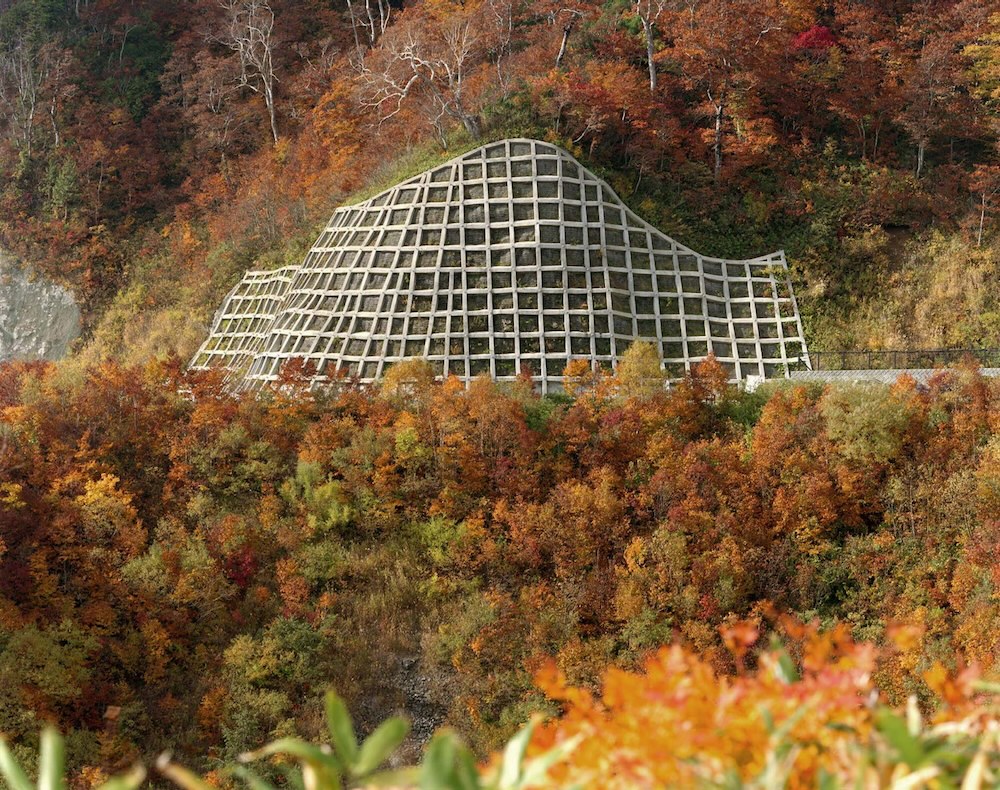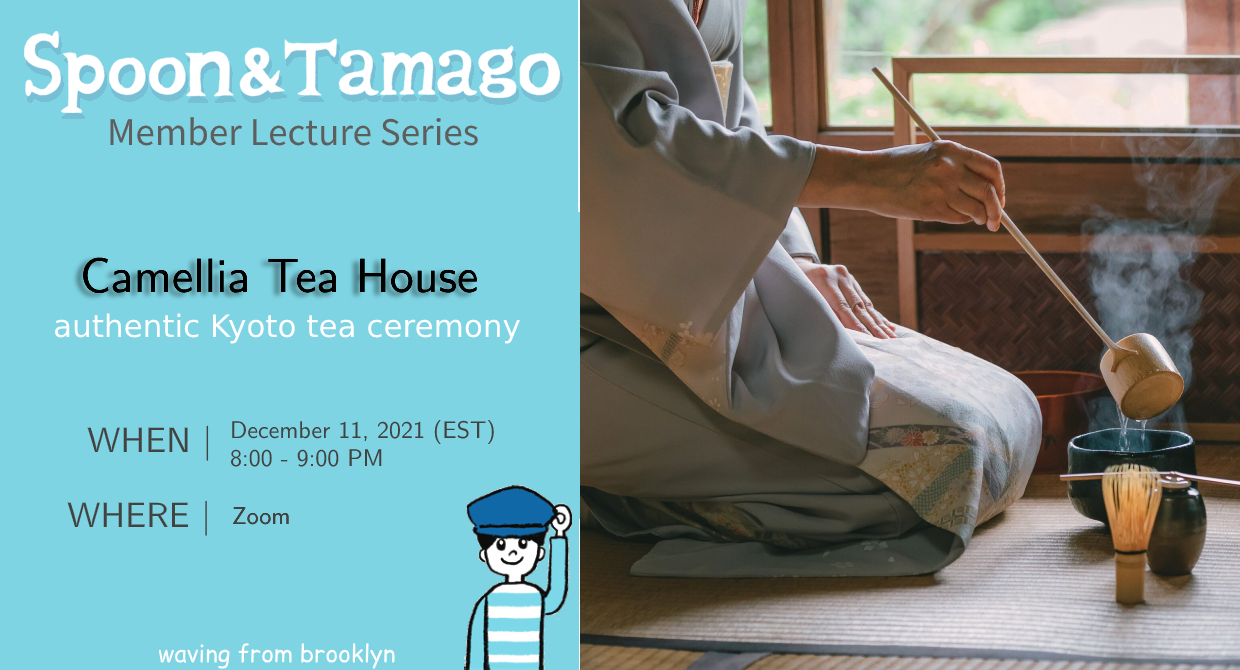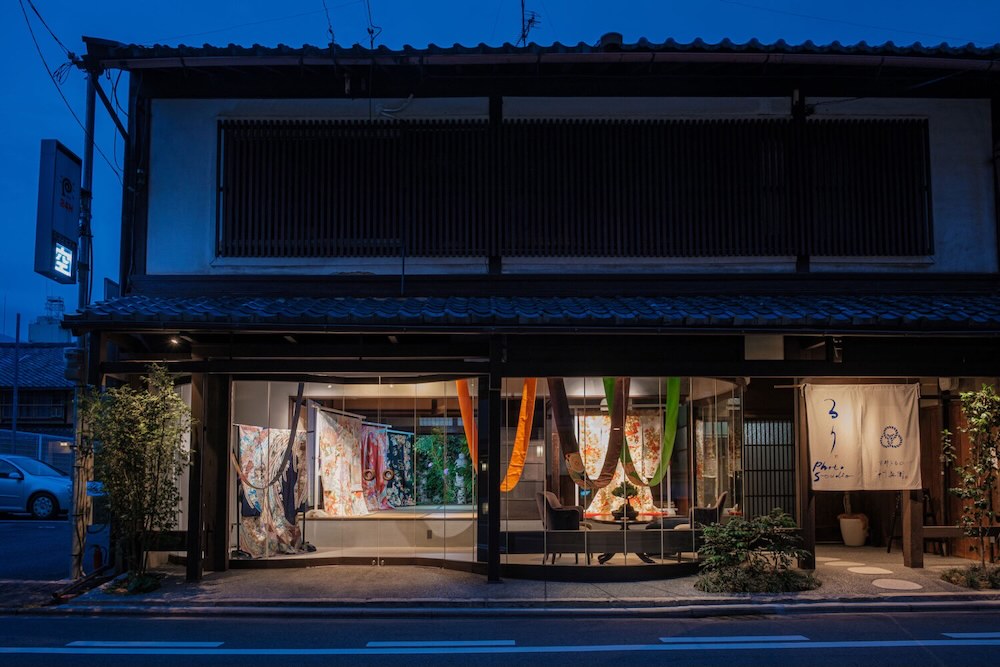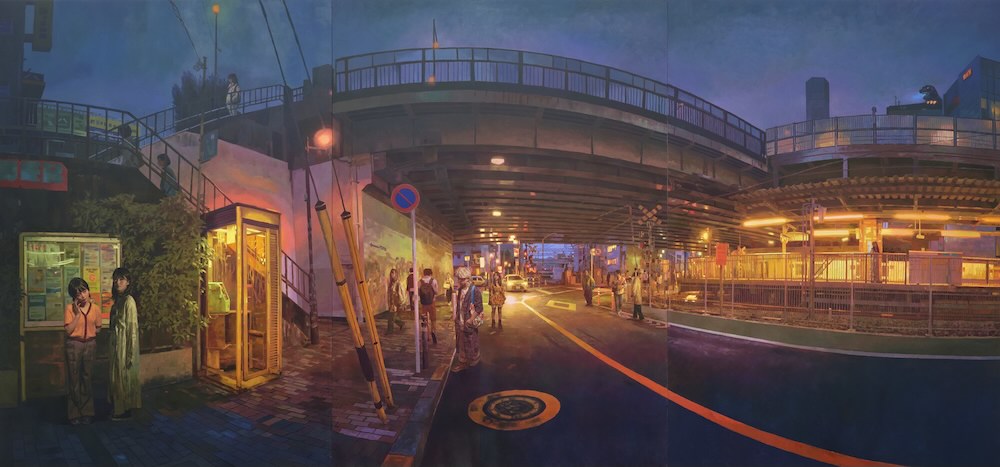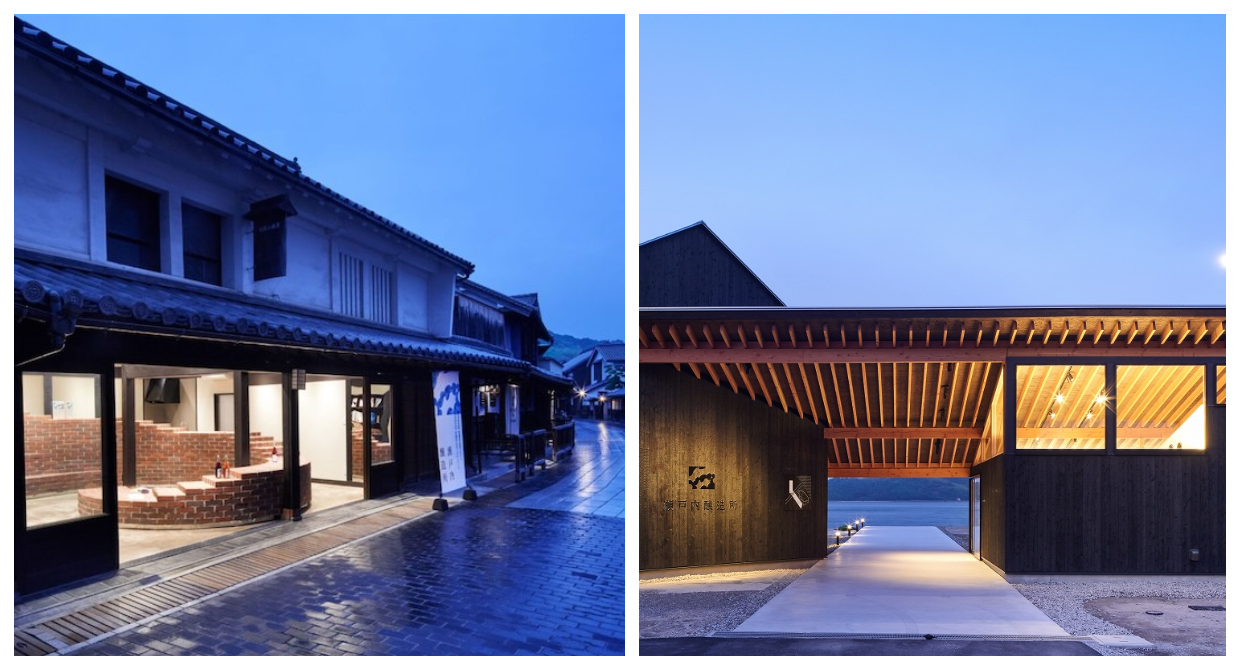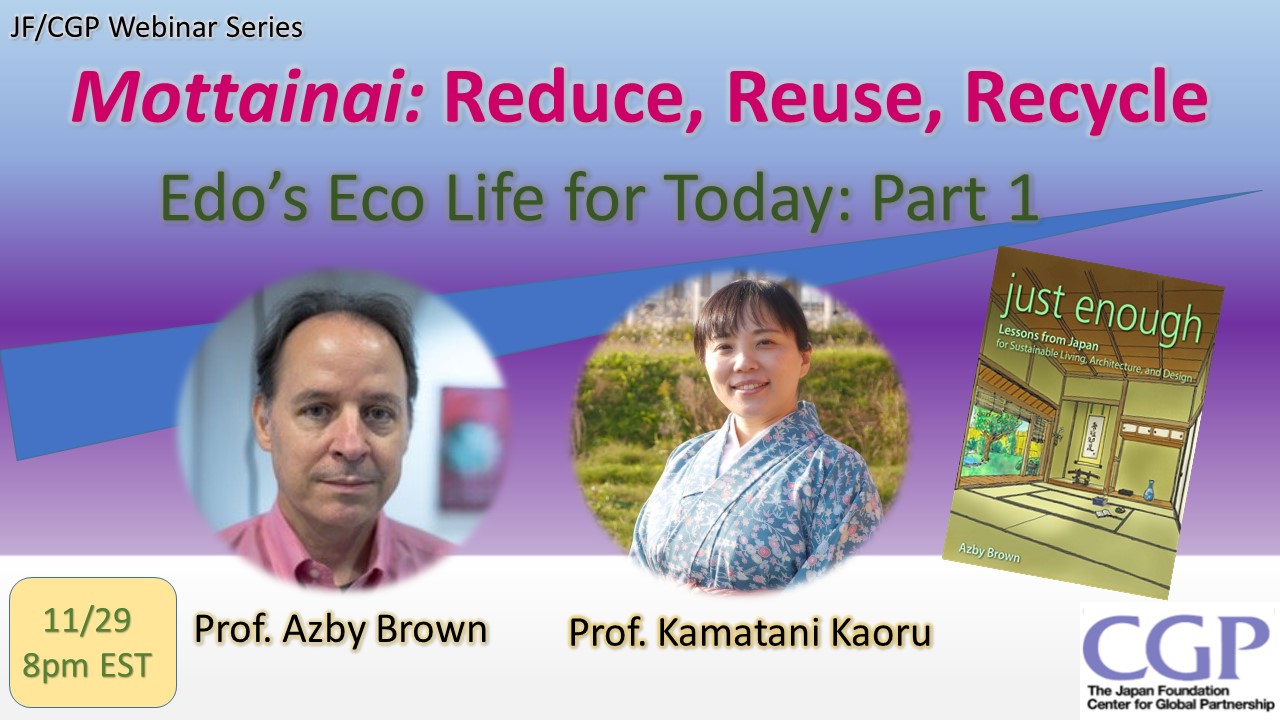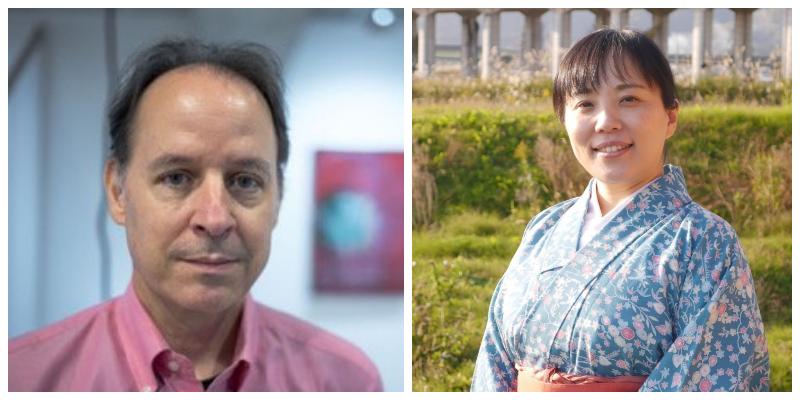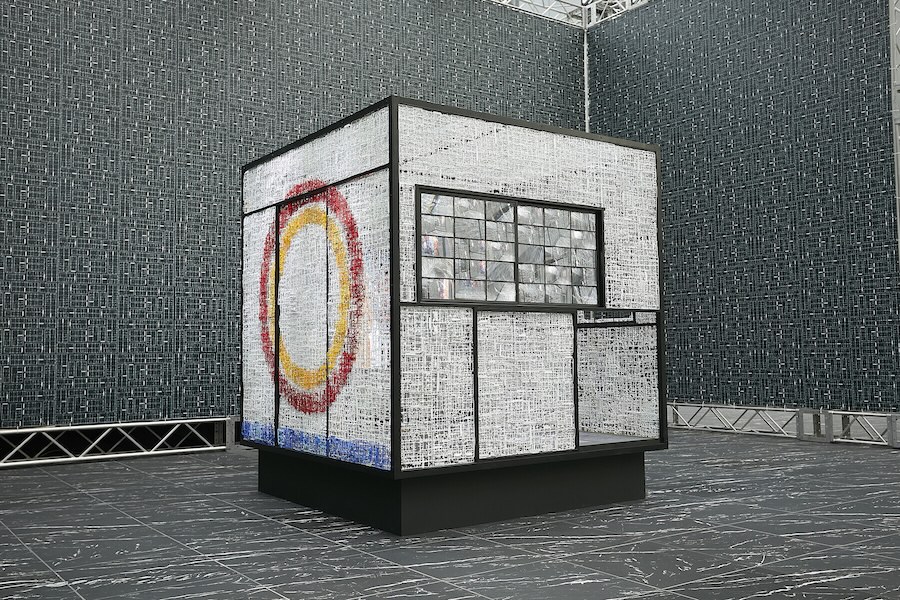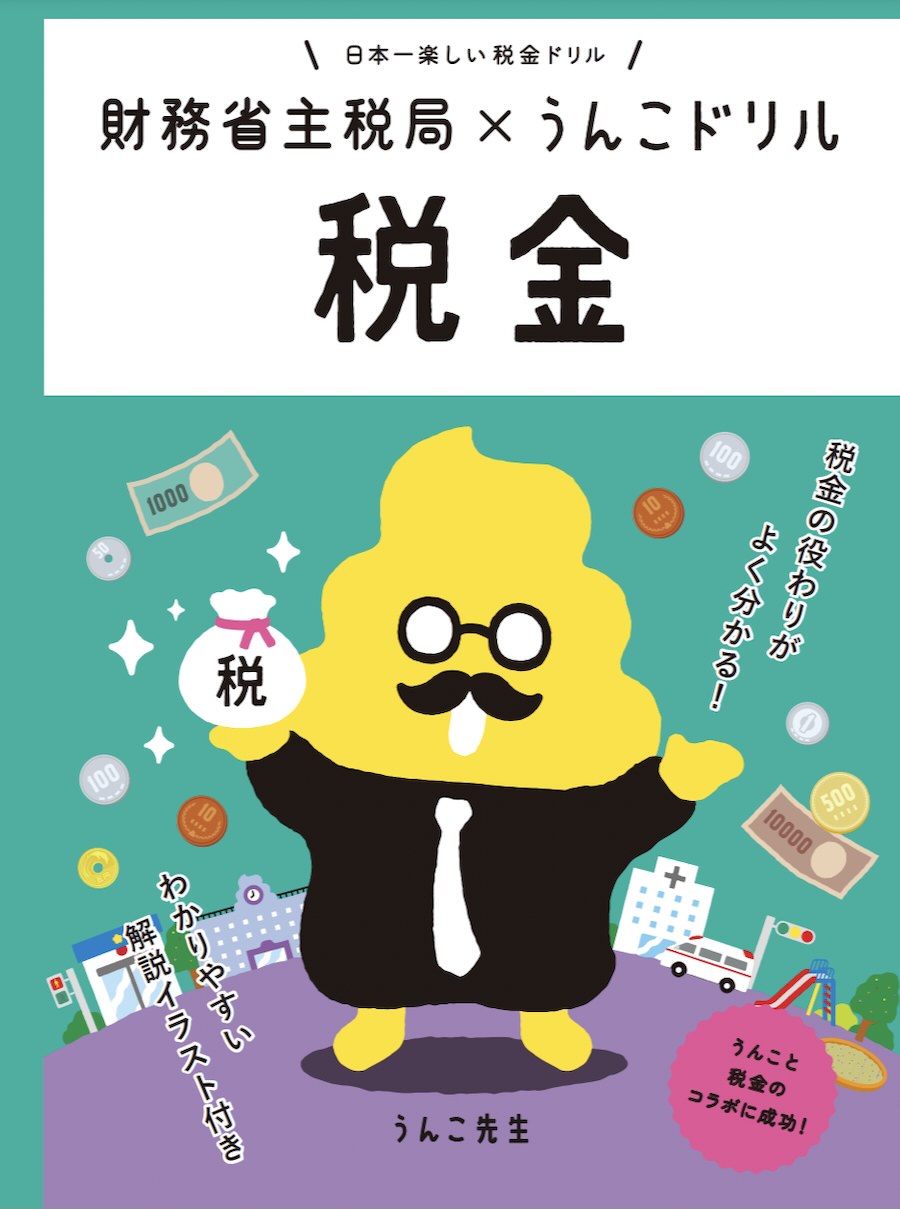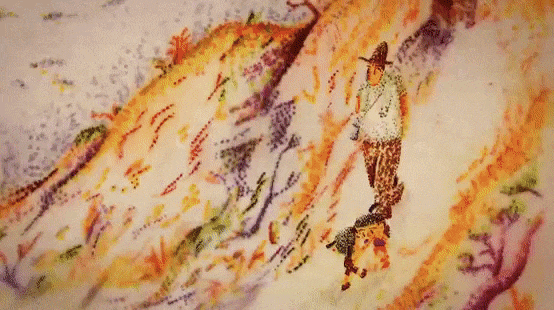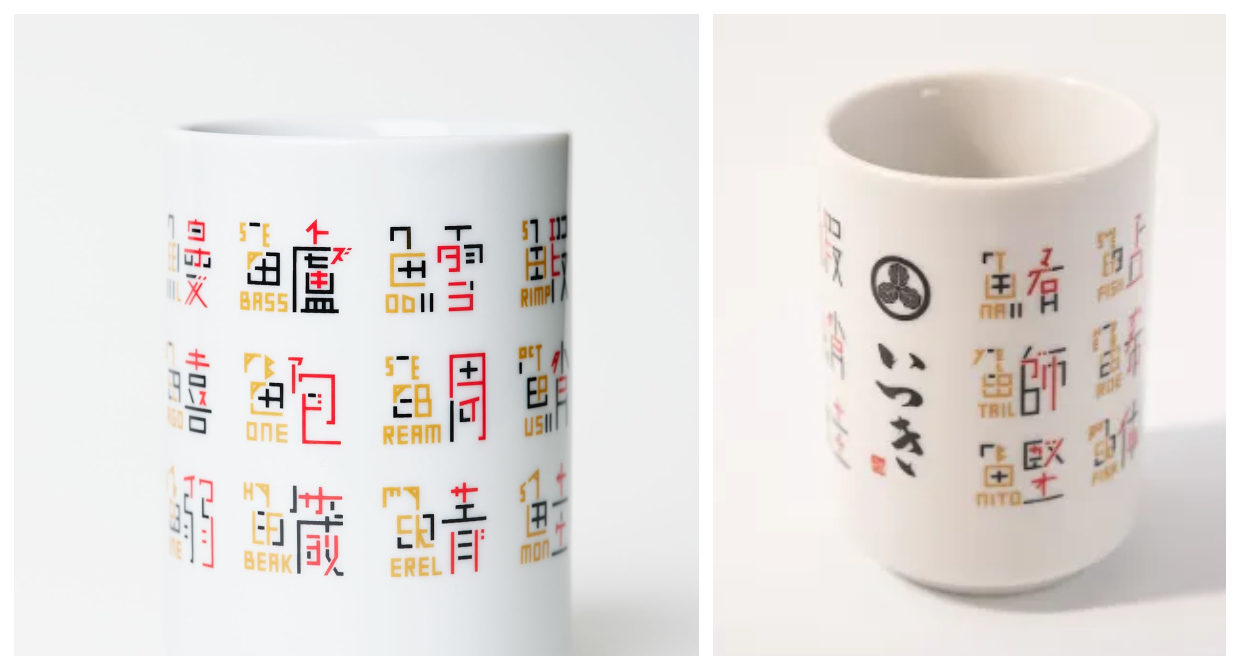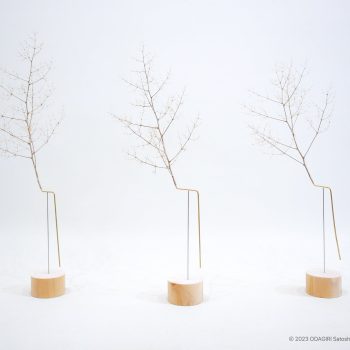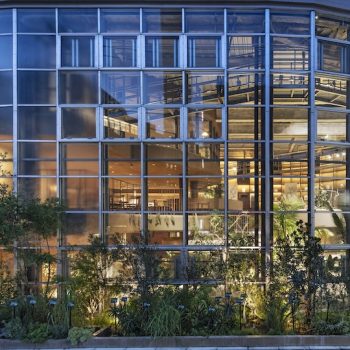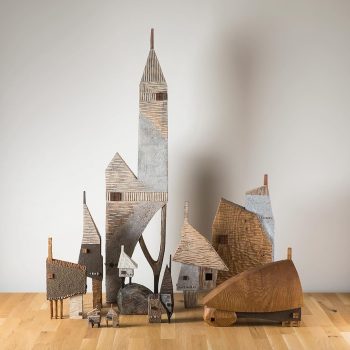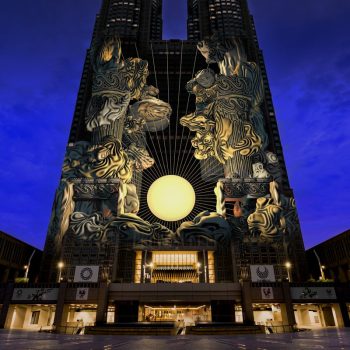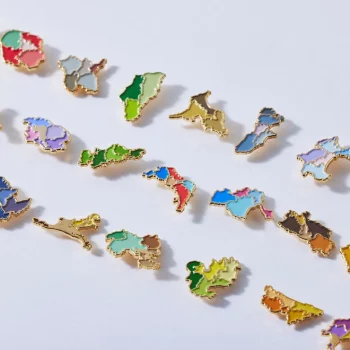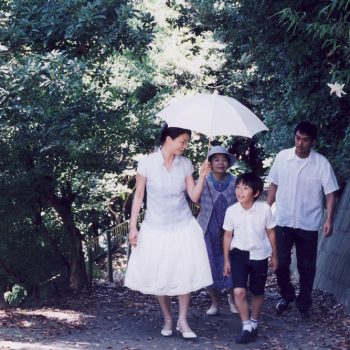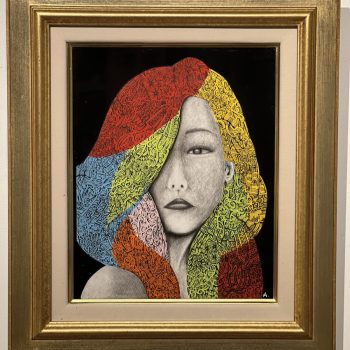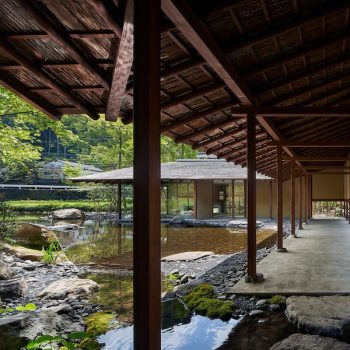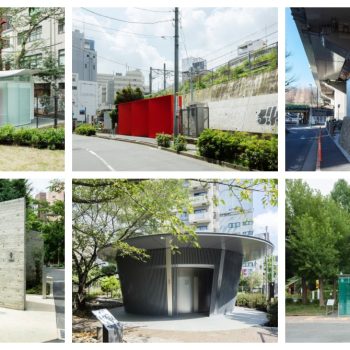this post is sponsored by The Japan Foundation, Center for Global Partnership
On Monday November 29 at 8pm ET, join a free online event with two experts to discuss how the concept of mottainai can have a positive impact on our environment, ourselves, and generations to come.
Mottainai, a Japanese word encompassing the spirit of getting the most out of everything, took root in Edo period Japan (1603-1868). Today, as environmental problems become increasingly common place, the online webinar will explore how each of us can embody the concept of mottainai to have a positive impact on our environment, ourselves, and generations to come.
To kick off the series, “Edo’s Eco Life for Today: Part I”, Edo period experts Professor Azby Brown and Professor Kamatani Kaoru will delve into the beginning of mottainai, a grassroots mentality that was pervasive throughout the Edo period, and discuss the inspiration we can take away as today’s global community.
You can tune into the YouTube Premiere of the webinar series on November 29 at 8pm ET: https://www.youtube.com/c/TheJapanFoundationCGPNY
